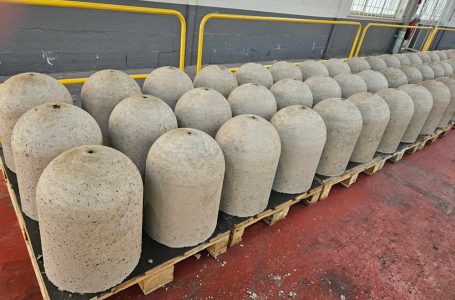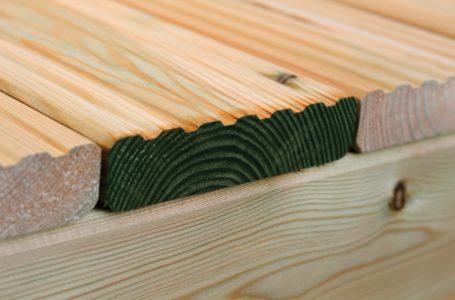BUILDING AN EFFECTIVE ELECTRIC FENCE FOR HORSES

Building safe and effective fencing for horses present particular challenges, but as Mark Oliver from Gallagher explains electric fencing can tick all the boxes.
Mark explains that horses are flight animals and visually orientated, meaning a highly visible fence is required which matches the behaviour of the animal.
“When horses are cornered or scared their defence mechanism is to gallop way, increasing the risk that they will break through a fence. A horse fleeing through a barbed wire fence could be seriously injured, while a well-designed electric fence will be more visible and also break if hit by a horse at high speed.”
Mark says the starting point with a well-designed electric horse fence is the height of the fence as horses are naturally good jumpers and will clear a fence if it is too low. The second consideration is the distance between the conductors as you need to prevent horses from jumping through the fence. Finally, the distance between posts is important. If the spacing is too large, he says the conductor could potentially sag and be less effective.
“For full grown horses, an electric fence should be 135cm high with secondary wires at 100cm and 65cm with posts 7-9m apart if a permanent fence. For temporary fencing, we recommend posts are 3-4m apart.
“If using electric fencing with ponies and younger horses, the fence should be 115cm high with additional strands at 3-4m with posts at the same spacing as for mature horses.”
Mark says the choice of conductor is crucial with horses as it must be highly visible. Gallagher provides a range of conductors which are perfect for horse fences.
Equifence has been specially developed for permanent horse fencing. It has excellent conductivity with a special coating surrounding the wire for increased safety. It has a lifetime of 30 years for long term solutions.
Tape is widely regarded as the best conductor for horse fences as it is the most visible. Gallagher horse tapes come in a range of widths. The 40mm tape is most suitable for permanent fences while the 12.5mm version is perfect for mobile and temporary fences.
Finally, Gallagher has developed a cord conductor which has a soft-touch coating and breaks if a horse runs into the fence. Being a woven product, it does not stretch and is quick and simple to install.
“Our range of conductors makes it easy to develop a fence for any situation. Once you have selected your preferred conductor it is important to use the correct insulator as an unsuitable insulator could damage the conductor.
“Similarly, make sure to use the right connector. We supply specially designed connectors for all our conductors, ensuring a robust and effective fence.”
Mark says there is increased interest in electric fencing for horses and in particular for systems using solar energisers such as the S20. He is anticipating that horse fencing will remain a growth area in the future as horse owners look for safe effective fencing configurations with increased demand for well-designed and professionally installed fences.
For more information on Gallagher electric fencing solutions for horses visit www.gallagher.eu/en_gb/fencing-for-horses.
If you need advice on the best solution for a horse fence contact our customer service team at
info.uk@gallagher.eu or on 02476 470141.









